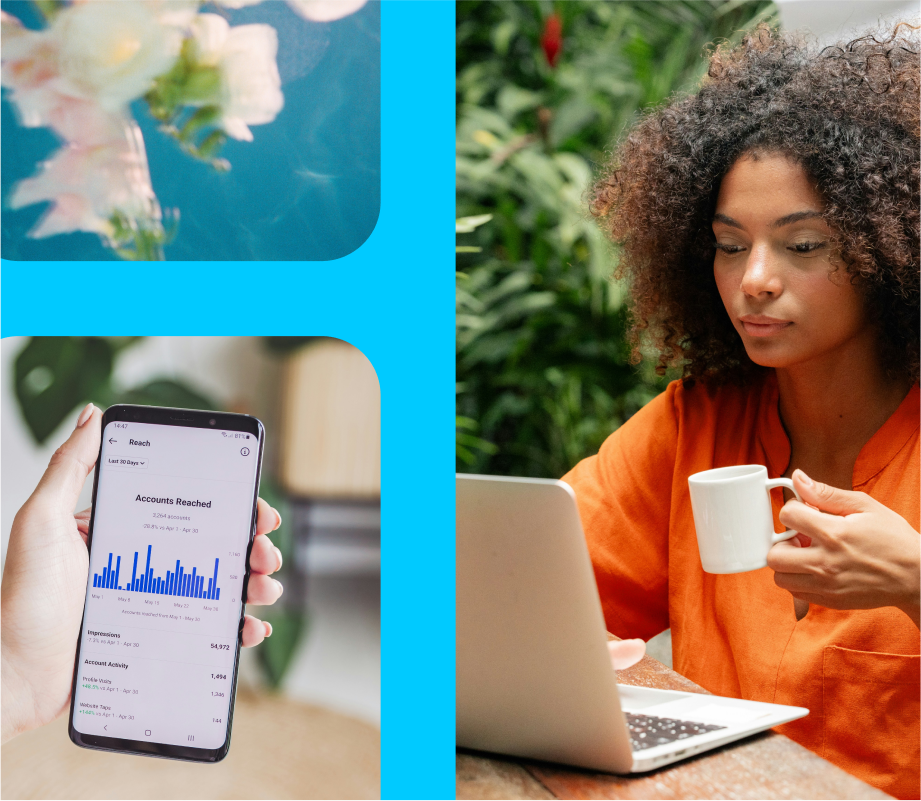How to Track Social Media Analytics
Ready to start tracking your social media analytics? Here’s a process to starting monitoring and leveraging your key results for improved engagement and growth.
Step #1: Identify Your Goals
First up: Set your goals. This is a crucial place to start to make sure you know how to evaluate your ongoing success.
Your goals should directly connect to your business goals and targets.
For example, if you work for a brand that is focused on driving e-commerce sales, your goal might be to focus on driving traffic from Link in Bio to your site.
All goals should follow the SMART formula:
-
S: Specific
-
M: Measurable
-
A: Attainable
-
R: Realistic
-
T: Time-Bound
Need a hand setting goals or target for your socials? We can help! Click here for an immersive guide to setting your social media goals
Step #2: Segment Your Analytics
Segmentation is all about analyzing the specific sources and placements of your posts. You’ll need this to understand which strategies are working so you can plan future campaigns accordingly.
Here’s a quick breakdown of different ways you can segment your analytics:
Segment by Platform
Identify which platforms are performing best for your content. This helps tailor your content strategy by understanding which post dimensions, content types, and audience demographics work best on each platform.
Segment by Distribution Type
Social media content can be shared in different ways. Here are some key distribution types to consider:
-
Paid ads
-
Influencers posting on their platforms
-
User-generated content (UGC) across the web
-
Organic posts from your in-house team or agency on your platforms
Segment by Content Type
Analyze the performance of different content types to determine what works best:
-
Videos: Compare selfie-style videos, person-centered content, and videos with no humans to see what performs best.
-
Visuals: Evaluate the success of carousels, single graphic posts, and single text posts.
-
Text: Experiment with dynamic backgrounds for text-based posts, perhaps paired with trending sounds, rather than traditional videos.
Step #3: Monitor Results and Analyze Outcomes
You’ve set your goals and segmented your data — awesome!
Now it’s time to post, track your data, gather reports, and use those insights to understand your outcomes.
Our pro tip? Always tie your analysis back to your goals.
For example, if your goal was to drive conversions using an exclusive discount code, you’ll need to measure full-funnel analytics, tracking everything from clicks to purchases.
Step #4: Iterate and Adjust As Needed
Once you’ve started posting and can see the results of your strategy, you can figure out what to do next. If things aren’t working, you may need to adjust your approach — let the data point you in the right direction.
Results looking a little…low? Here’s what to do next:
-
Low impressions: Change up content to make it more appealing.
-
Low clicks: Clarify the CTA and make it more compelling.
-
Low conversions: Ensure the offering is aligned with your target audience, and that your target audience is seeing the post.
And if things are going well, it’s time to amplify! Should you invest more in the campaign or bring in more creators? There’s still plenty to plan and optimize.










